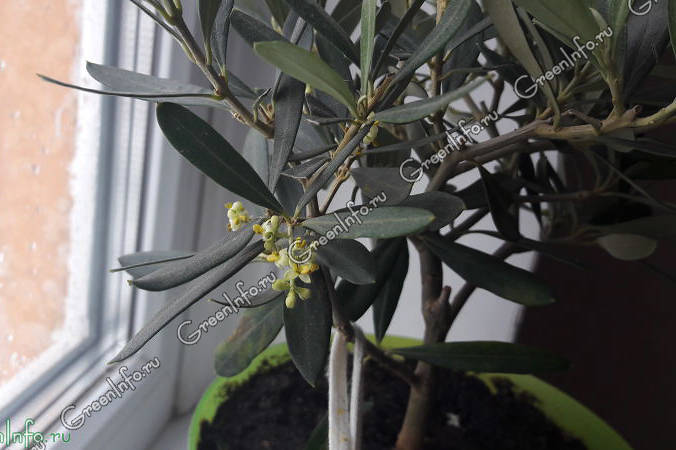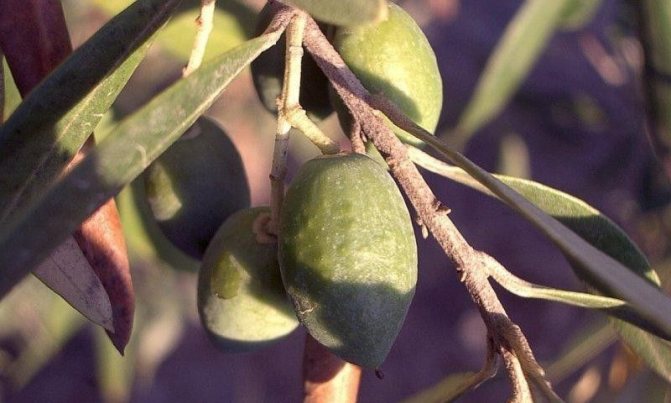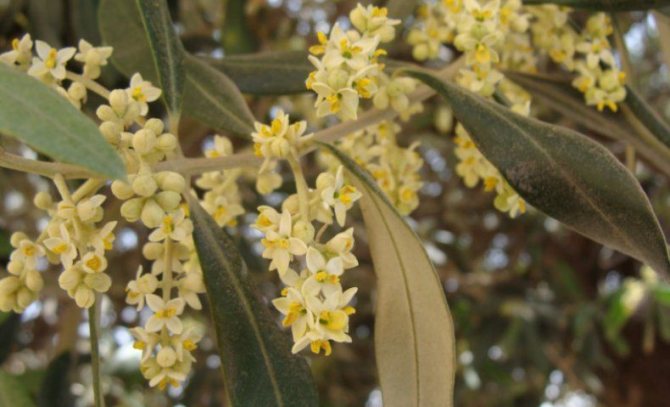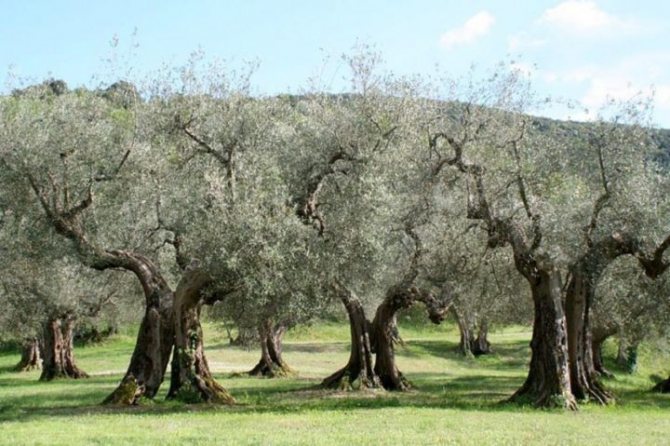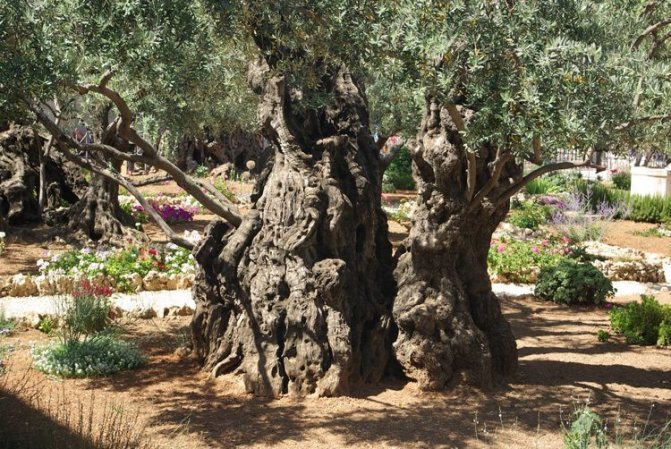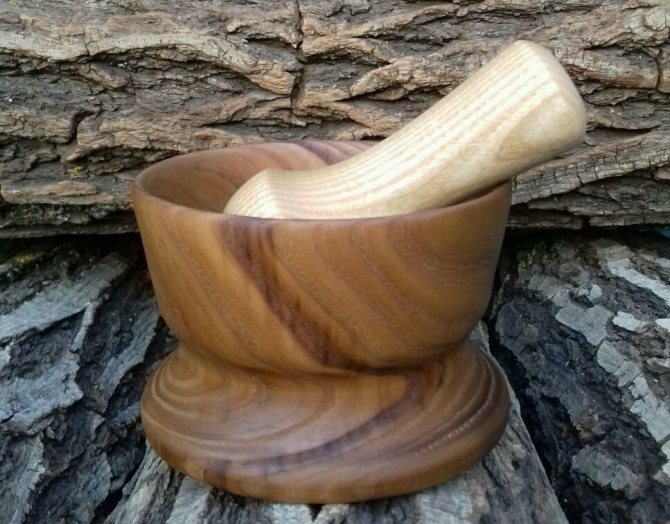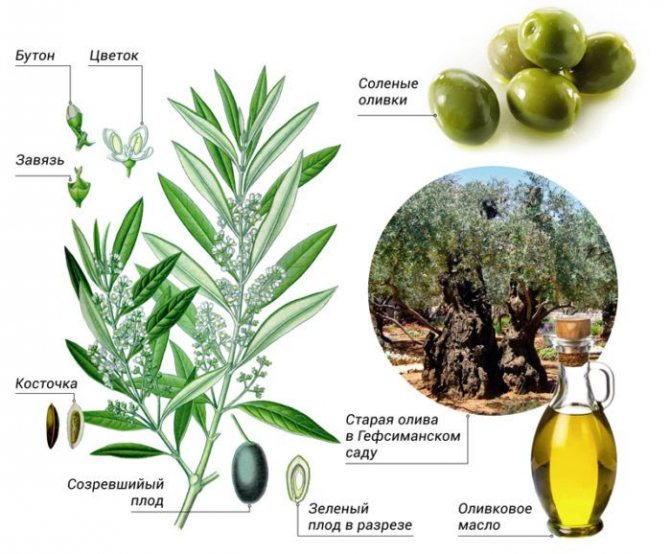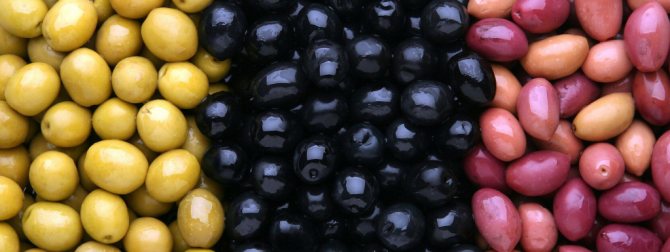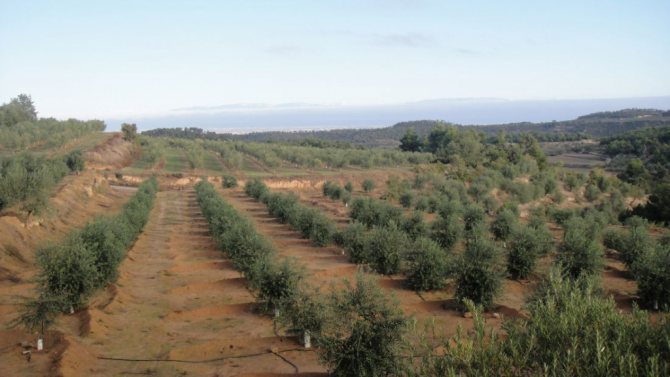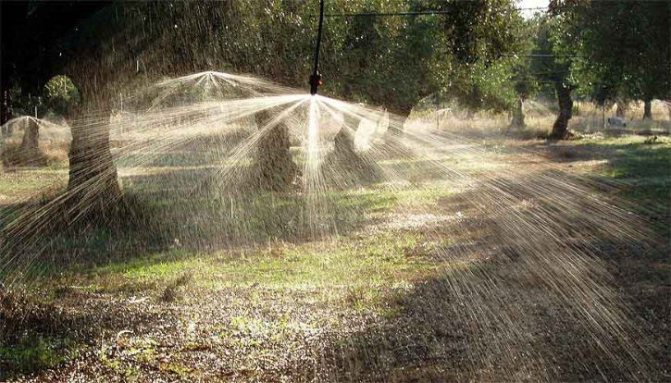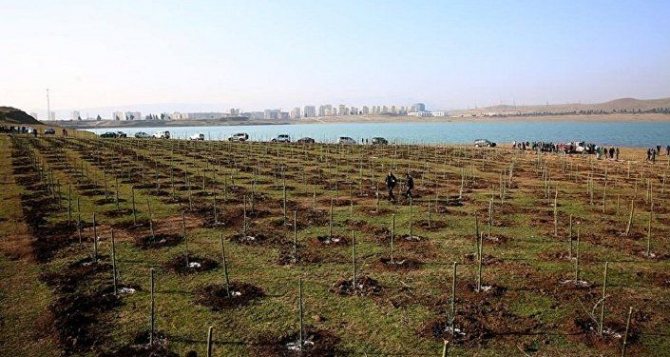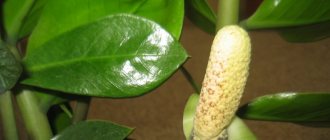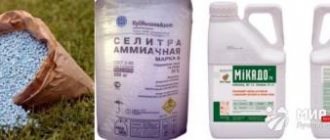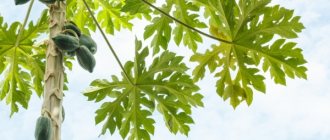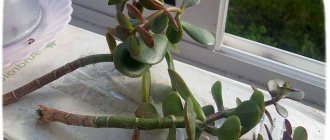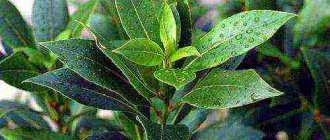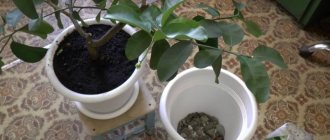Description of the plant
The olive tree (lat. Olea) or European olive is a plant whose fruits are rich in oils and are used for food. These evergreen representatives of the flora belong to the genus Olive (Oleaceae). The species Olea europaea (cultivated olive), which is also called the olive tree, has become widespread. In addition to growing a plant for fruit, it is cultivated for decorative purposes. The first mentions of a cultivated plant appear in such places as Greece (Crete) and the Black Sea coast. Olives, in general, love the sunny and windy climate of Crimea, Georgia, Azerbaijan, and even India. And under more severe climatic conditions, they take root well in greenhouses or greenhouses.
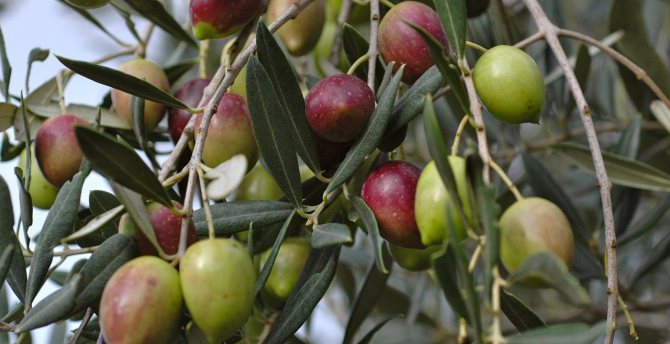
An olive tree at home rarely reaches two meters in height. As a rule, these are dwarf specimens with a straight long trunk and a dense spherical crown.
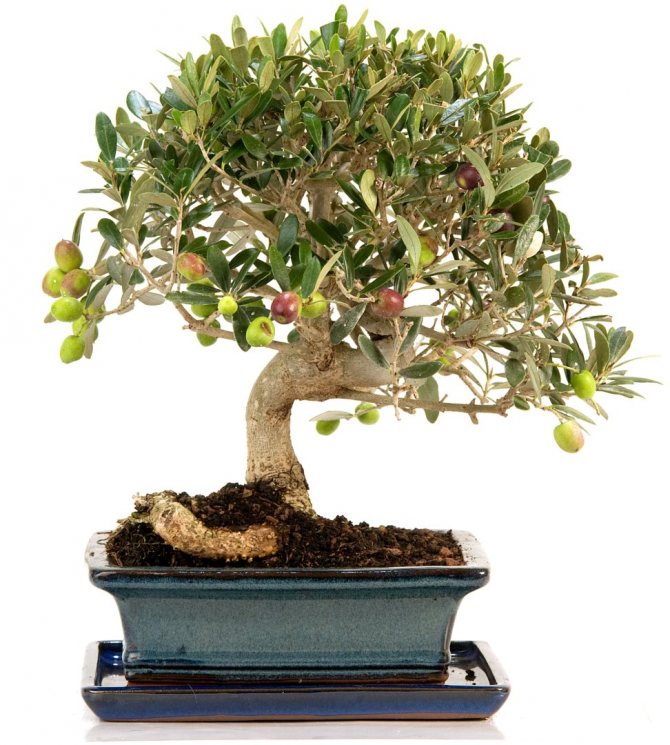

In the case of a houseplant, the olive can be made in the bonsai style, while the straight and thin trunk bends fancifully, and the root system is inhibited. Sometimes, from a distance, the eye catches the silvery tint of the crown, which looks amazing in a home interior, provided there is good natural light. The white calyx of the olive flower is in the shape of a glass, rather small in size. The flowers smell very faintly and not harshly, rather like grass or rain-nailed dust, figuratively speaking, like a steppe over the sea.


The European olive is a bisexual plant, trees are male and female. To get fruit, it is necessary to carry out cross-pollination, therefore, to obtain a crop, often two different-sex seedlings are placed in one hole of the container. Contrary to popular belief that olives are green and olives are dark purple, it is worth noting that they are the same stone fruit. The only difference is ripeness. So that the tree does not bear fruit, but serves as a decor, the ovaries must be removed after flowering. It hibernates without shedding dense narrow leaves and remaining green all year round, renewing them only once every 2-3 years.
How to choose an olive
The plant is sold in the form of seeds and grown seedlings. The average price for a package of 5 small-leaved olive seeds is 132 rubles. A container olive 30 cm high can be purchased for 1250 rubles.
Today olives are grown all over the world for both trade and personal consumption. Although the olive tree can live for over 1000 years, it, like most other plants, requires certain conditions to grow. If you want to grow a mature olive tree from a small sprout and skillfully use the various techniques that farmers use to get delicious fruits and oil, read this article.
Classification
For centuries, the inhabitants of the Mediterranean have bred various varieties of homemade olives, which differ in the percentage of oil. The most oily ones belong to the oilseed group. Combined - suitable for processing and canning. Oil is not squeezed out of table varieties, but consumed raw, canned and pickled. Today the olive is grown not only in plant nurseries, but also at home. Popular table varieties: Crimean 172, Revolution, Nikitskaya 1, Nadzhviyskaya, Razzo, Askelano, Mession, Sevigliano, Urtinskaya, Otur, Coregialo.
Is it possible to grow an olive tree from a seed from a jar. Part 1 Preparing the seeds
- 1
Decide on the type of tree you want to grow. There are hundreds of varieties of olive trees around the world. Some of them are similar to each other with only slight differences in color and taste of olives. Others have fundamental differences and have their own growing requirements that affect the timing of fruit ripening.
- For example, in Russia along the Black Sea coast such olive tree varieties as European olive, Crimean olive and Turkmenian olive can grow. Despite the fact that they all grow in similar territories, slight differences in climate and characteristics of each of the varieties allow you to achieve completely different yields.
- Research information about your area to find out which olive variety will do best in your area.
- A tree grown from a bone will be closer to its wild counterparts than to the tree from which the bone was obtained.
2
Collect fresh olives. You will need fresh olives that have been taken straight from the tree and retained a living bone. Olive trees thrive in 8-11 climates, characterized by subtropical climates and mild winters. Harvest the olives in early fall when the fruits are ripe and green. Leave the black olives alone. Also, do not pick fruits from the ground and make sure that the olives you collect do not have holes gnawed by insects.
- Canned olives from the store are not suitable for you, as they have been processed and cooked. As a result of this process, the bones inside the olives die and become unusable for cultivation. However, raw olives from the Fresh Fruits and Vegetables department may be fine.
- If you do not have access to a live olive tree, you can order the seeds to be delivered directly from the olive tree nursery.
3
Place the olives in a bucket of water. Once you've got the olives, gently crush the pulp around the pits with a hammer. Pour lukewarm water over the crushed olives and let sit overnight. Stir the olives in the water every few hours. Physical impact on the fruit while stirring will speed up the separation of the pulp from the seeds.
- If a hammer is not available, take a wide knife and crush the flesh of the olives with the flat part of the blade.
- If you see olives floating on the surface, catch them and throw them away. Most likely, they are missing.
4
Drain and remove the pulp from the bones. Gather the bones that have come off the pulp and rub off the remaining pulp with a hard sponge. You probably already have a sponge that you use to clean your pots and pans. After wiping off the pulp, rinse thoroughly with warm water for several minutes.
- If you don't have a hard sponge, you can try using sandpaper instead.
5
Cut the bones from the blunt end. Olive pits have blunt and sharp ends. Take a knife and cut the bone from the blunt end. Do not cut through the shell of the bone, or it will become useless. Instead, try to make only a small hole about the size of the tip of a ballpoint pen refill.
- Soak the prepared bones in room temperature water for 24 hours.
Care
The principle of the olive's life is quite simple: the phase of growth and development, flowering, fruiting, dormancy or wintering. New shoots appear in February - April, when daylight hours increase and the plant begins to receive more light. Before that, the flower is in hibernation. During the dormant period, the plant accumulates strength. If the tree is strong enough, flowers appear at the end of April. Flowering lasts several months, on average until early July. For healthy fruit to set, it is best not to rely on self-pollination.Gentle shaking of the twigs promotes the exchange of pollen between different inflorescences. You can use cotton swabs and transfer the pollen by hand. In order for the flowering to be plentiful, in the fall and winter, the olive tree is provided with a dormant period (from November to February, when metabolic processes slow down), carrying it out to a warmed balcony (10-12 degrees), watering is reduced, and not touched. The manipulation is carried out with plants over five years old, which have not been transplanted for a year. If fruiting is not planned, then in addition to the above actions, to care for European olive at home, artificial crown formation is performed. It is advisable to remove young shoots near the trunk so that growth occurs upward, and not in breadth and the tree does not become like thickets. In adult plants, dry or weak branches are pinched off. Decorativeness is achieved quickly if pruning is carried out regularly.
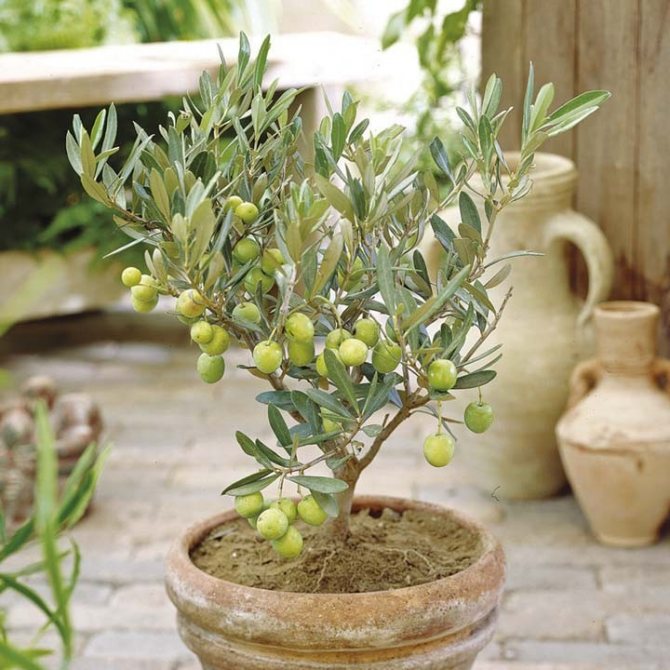

Growing an olive at home gives you the opportunity, with sufficient competent care, to get up to 2 kg of a crop. In apartment conditions, it bears fruit every two years. Olive is not an easy crop, it can be more difficult to erase it for the first six months than any other greens. In particular, many difficulties arise if grown from seeds: the seeds are capricious, the germination rate often does not exceed 50%, and fresh shoots often lose their viability. But do not despair, because there are easier, and at times better effect, methods of reproduction, such as cuttings and grafting.
Growing technology
Soil mixture
Waterlogged substrate and poor soil carrying capacity are the main causes of wilting of the olive tree. Areas where water accumulates should be avoided. When planting, be sure to add a thick layer of drainage.
You can protect the plant from excessive rainfall by planting it on a gentle slope. It is advisable not to use a fertile substrate. Excessive amounts of nutrients cause intensive growth of the tree. As a result, the percentage of yield decreases.
The ideal soil for growing a tree must meet several requirements:
- good drainage;
- looseness;
- fineness.
If possible, fill the planting hole with a mixture of sandy and loamy soil.
How to fertilize
Nutrient deficiencies can be replenished with nitrogen. The procedure should be carried out once a year. One hundred square meters will need no more than 1.2 kg. Can be planted next to natural nitrogen-producing olives (legumes). It is also recommended to periodically add compost to the soil.
The olive tree should be fed with nitrogen and compost.
Container growing
To grow olives indoors, first of all, you need to prepare the right variety. It is advisable to purchase a dwarf culture. The container should initially be chosen large enough. The size of the pot must be at least 60 cm deep and wide.
It is imperative to make several additional large holes in the bottom of the container. The main enemy of olives is constant soil moisture. Therefore, for growing indoor trees, you should prepare loamy or sandy soil. Before the next watering, the soil should dry out at least three centimeters deep.
Container olive is more demanding. For the full development of an indoor tree, it is necessary to regularly carry out gentle pruning. It is not recommended to allow thickening of the main branches. It is enough to leave no more than four main branches on the tree.
Conditions of detention
An olive tree, as a houseplant grown in a pot, requires certain conditions for healthy development, and it does not matter how it is planted, we will consider them in order:
The soil
Since olives grow in nature on loams and sandstones, it is necessary to select a soil of a similar composition. Trees do not like acidified soil, but a slightly alkaline environment is ideal for them. As a baking powder, you should choose a coconut substrate, volcanic tuff, small expanded clay. Before planting, the soil should be loose and moderately damp.
Temperature
Olive grows well in room conditions at a temperature of 18-22 degrees. However, during the wintering period, a decrease in temperature to 10-12 degrees is considered acceptable.
Lighting
A lot of light is required, it is good if it is bright sunlight from dawn to dusk, and not a table lamp for several hours a day. Otherwise, the tree will begin to wither and shed its foliage. It is recommended to expose the seedling to fresh warm air - this activates growth, it is good for bud set.
Watering
It is desirable to control soil moisture, the adult olive tolerates dryness, but the roots begin to rot from the bays. However, with young seedlings, you need to be especially careful not to dry out barely hatched shoots. A sign that the olive does not receive enough water are dull, wilting leaves, which, rolling up, begin to fall off. During hot summer days, the crown should be sprayed with water from a spray bottle.
Lure
In order for the development to proceed actively, from March to mid-summer, it is recommended to apply complex mineral fertilizers, with a frequency of up to two times a month. Both root feeding and foliar feeding are possible - by spraying the leaves. Special tonics maintain the firmness of the leaves and stimulate their growth. There are ready-made balanced formulations in stores.
Planting a tree in a pot
Fresh olive seeds sold in specialized stores are suitable for planting. Pickled olive seeds will not work; nothing will sprout from them. Before planting, the bones should be placed in an alkali solution for two-thirds of the day to get rid of the hard shell. After processing, the seeds should be dried.
See also
Description and characteristics of Trebizond hazelnuts, subtleties of cultivationRead
As a soil for planting, a substrate is suitable, half consisting of river land, and the other half - sod and garden land equally. Add a small amount of peat and lime.
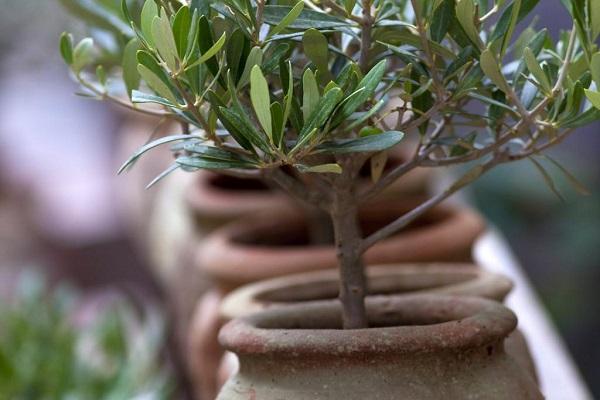

Pick up an olive pot with a depth and width of 60 centimeters. There should be holes at the bottom of the container to drain excess moisture. Place some charcoal on the bottom of the pot.
Seeds should be planted in the soil to a depth of three centimeters. In order for the plant to take root, at first, keep the room temperature from 20 degrees and the air humidity at a high level.
Reproduction
There are three ways to grow a fruiting olive tree.
From the bone
You should prepare more drupes, from live olives, and not from canned ones, because heat treatment of the fruit destroys the biological bonds in the seed. The kernels are kept under conditions close to the natural planting environment. This is room temperature, soaking for 12-14 hours in a slightly alkaline solution (10%). For the first planting, it is enough to have a pot 10 cm in diameter. The washed seeds are immersed in the soil 2 cm. The first shoots appear after six to eight weeks. Such a plant will be able to form ovaries only by the tenth year of life. If you want to speed up the process, young plants are grafted to older varieties.
Graft
In shops you can buy a potted olive tree, it looks compact, but has a thick trunk. Such specimens are obtained by grafting adult olive cuttings to seedlings grown from seeds. Cuttings are removed from fruiting individuals, therefore, trees obtained in this way are quite quickly ready to bear fruit.If there is a place to get a "mother", you can independently propagate the olive at home.
Cuttings
Several summer branches are cut off from the mother plant by an oblique cut. The ends are sprayed with a growth stimulator, the cutting is lowered into the hole 10-12 cm deep into the soil, the pot is needed with a depth of 20 cm. It is desirable to create the effect of a greenhouse, for this you should cover the seedling with a transparent jar. Heat varies from 25 to 30 degrees, no drops. The olive takes root in the fourth to fifth week, which will be signaled by the appearance of young leaves. The root system will finally form in 3-4 months, followed by transplantation into a larger container to a permanent place.
The soil
The following composition of the substrate will be the best for planting an olive:
- river sand - two parts;
- turf land - one part;
- garden land - one piece.
In the soil for the olive tree, you will also need to add a little peat and dry hydrated lime powder (20-25 g per 1 kg).


If you will be using a commercially available substrate, then you need to mix the soil for growing cacti (three parts) and ordinary soil (one part), thinning the mixture slightly with sand.
Interesting Facts
Many tourists bring olive trees as souvenirs from Greece. Crete is a leading olive oil producer, supplying most of the olive oil to the world market. The average lifespan of the Cretans is 80 years, and they explain their longevity by the regular consumption of olives and their processing products. Therefore, grow them at home, enjoy the healthy fruits and watch the beauty of the olive tree all year round!
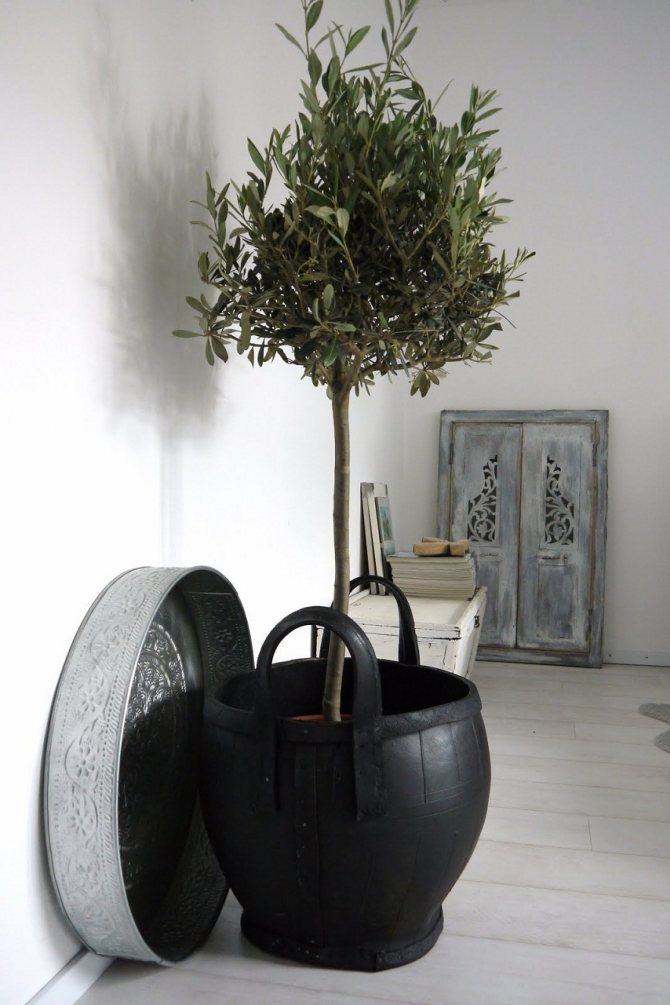

Related entries:
- Adenium: 3 ways to grow a "desert rose" at home When I first saw these flowers, and they then grew in a group of five plants, for some reason they reminded me of snails ...
- Delonix royal or fire tree, grown at home Today we will talk about a very interesting plant, the second name of which is "Fire tree", about Delonix, who originally came to our homes from ...
- Common myrtle. We take care of and shape the tree. It grows, blooms, emits oxygen, pleases the eye, is not demanding in care, what else is needed from a home flower? Contents1 Description2 Varieties3 Formation ...
- Turn your home into a resort! It's elementary with the Trachikarpus palm! A branchy beauty, the Trachikarpus palm tree, even on the coldest winter evening, will remind you of a hot southern resort. Bright fan leaves effectively ...
- Eucalyptus. Leaves are a whole home medicine cabinet with a set of medicinal properties. Recently, this tree has attracted the attention of not only koalas, but also indoor florists. Content1 Description of the plant2 Species3 Growing3.1 From ...
Major problems and pests
The evergreen tree is especially vulnerable to pest and disease attack. The greatest danger to the plant is represented by black bugs. Excessive use of chemical protective preparations does not have the best effect on the yield of olives. Therefore, it is desirable to support the tree's immunity with organic and mineral means.
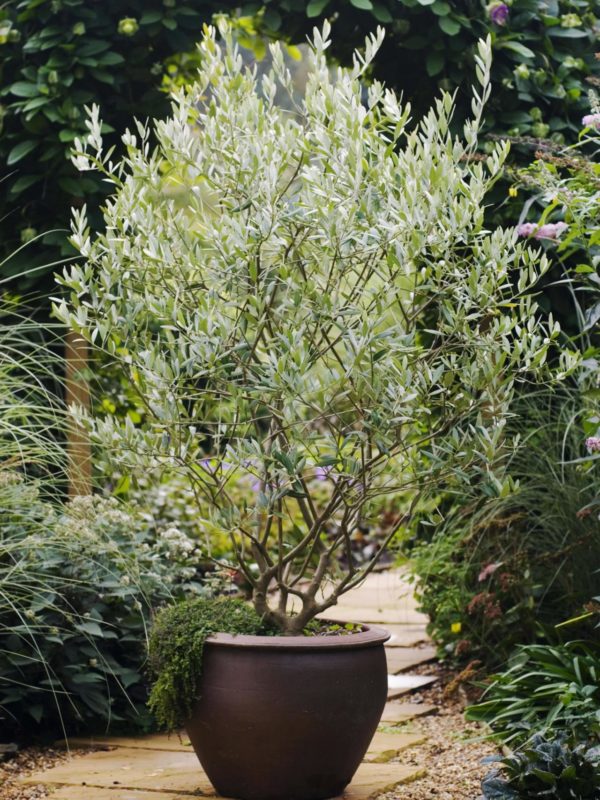

The tree has a low threshold of resistance to pest and disease.
The crop is often damaged by whitefly and olive moth. In the open air, eaten buds and leaves indicate a settlement of caterpillars.
Sudden wilting of branches and leaves indicates infection with verticillary wilting. Fungal disease does not respond to treatment. If you do not rid the evergreen tree in a timely manner from the affected areas, the plant will die. In case of infection in an open area, a place for further planting of olives should be avoided.

